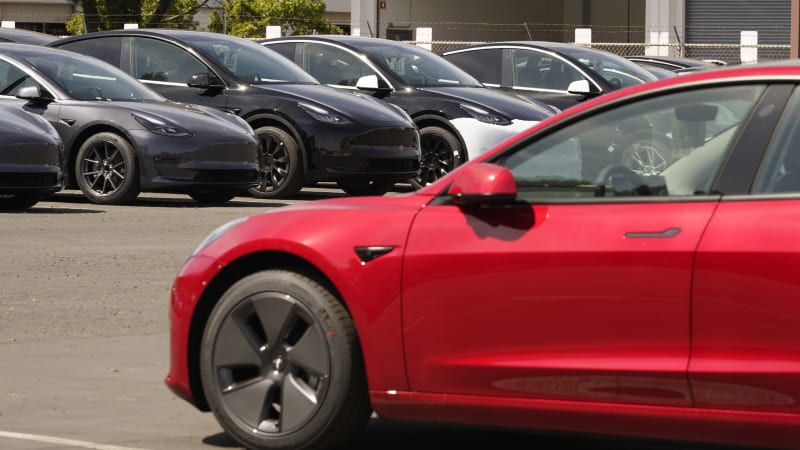DETROIT – Two main groups offering car safety ratings are taking away their best recommendations from some Tesla vehicles because the company has stopped using radar on its safety systems.
Consumer Reports has revoked “Top Pick” status for Tesla’s Model 3 and Y vehicles built after April 27, while the Insurance Institute for Highway Safety plans to remove the “Top Safety Pick Plus” designation from the vehicles.
The U.S. Government’s National Highway Traffic Safety Administration no longer lists Models 3 and Y on its website for Forward Collision Warning, Automatic Emergency Braking, Lane Departure Warning, and Emergency Braking Assistance.
That was the reason for the actions of the assessment groups. Both require electronic safety systems for the highest safety indications.
Consumer Reports says removing radar and relying on cameras means the safety features may not be there when needed.
A message was left on Thursday asking for comment from Tesla, which has closed its media relations department.
“If a driver thinks their vehicle has a safety function and it doesn’t, it fundamentally changes the vehicle’s safety profile,” David Friedman, Consumer Reports vice president of advocacy, said in a statement. “It may not be there if they think it would save their lives.”
IIHS confirmed on Thursday that it has withdrawn the Top Safety Pick Plus designation, but said it will remain for vehicles built with radar. The institute said it plans to test Tesla’s new system.
Tesla says on its website that it is moving to a new system called “Tesla Vision” that uses cameras, on Model 3s and Ys, which will be shipped from May. The new system will use cameras and Tesla’s neural network computing for safety systems, as well as Tesla’s “Autopilot” and “Full Self-Driving” partially automated driver assistance systems. Tesla also has close-range sonar sensors.
CEO Elon Musk has said the eight-camera vision system outperforms the best human drivers and is a step toward the company’s self-driving ambitions.
But critics have said that even with radar, Tesla doesn’t have the right sensors for self-driving vehicles. It doesn’t have laser sensors called lidar that can see through darkness and bad weather, they say. Most other companies testing autonomous vehicles use lidar.
Tesla’s Autopilot system has had trouble spotting solid objects and tractors turning in front of its vehicles. At least three people have died while driving on Autopilot when their car crashed under trailers or into a highway barrier. In addition, Teslas on Autopilot have hit police cars and fire trucks parked on highways with their flashing lights on.
NHTSA, the government’s safety agency, has investigated 29 incidents involving Teslas, but so far the agency has taken no action on Autopilot. The National Transportation Safety Board has recommended that NHTSA and Tesla limit Autopilot to roads where it can operate safely, and that Tesla install a better system to ensure drivers pay close attention.
Tesla, which is based in Palo Alto, California, says on its website that some vehicles may come with certain safety features that are temporarily “restricted or inactive”. Those include “Autosteer”, which keeps cars in their lane. It will be limited to 75 miles per hour (120 kilometers per hour) and a longer distance from traffic in front of the vehicle.
Musk has also been criticized by Consumer Reports and others for calling his systems “Autopilot,” meaning a car can drive itself, and “Full Self-Driving,” which the company says cannot drive independently.
